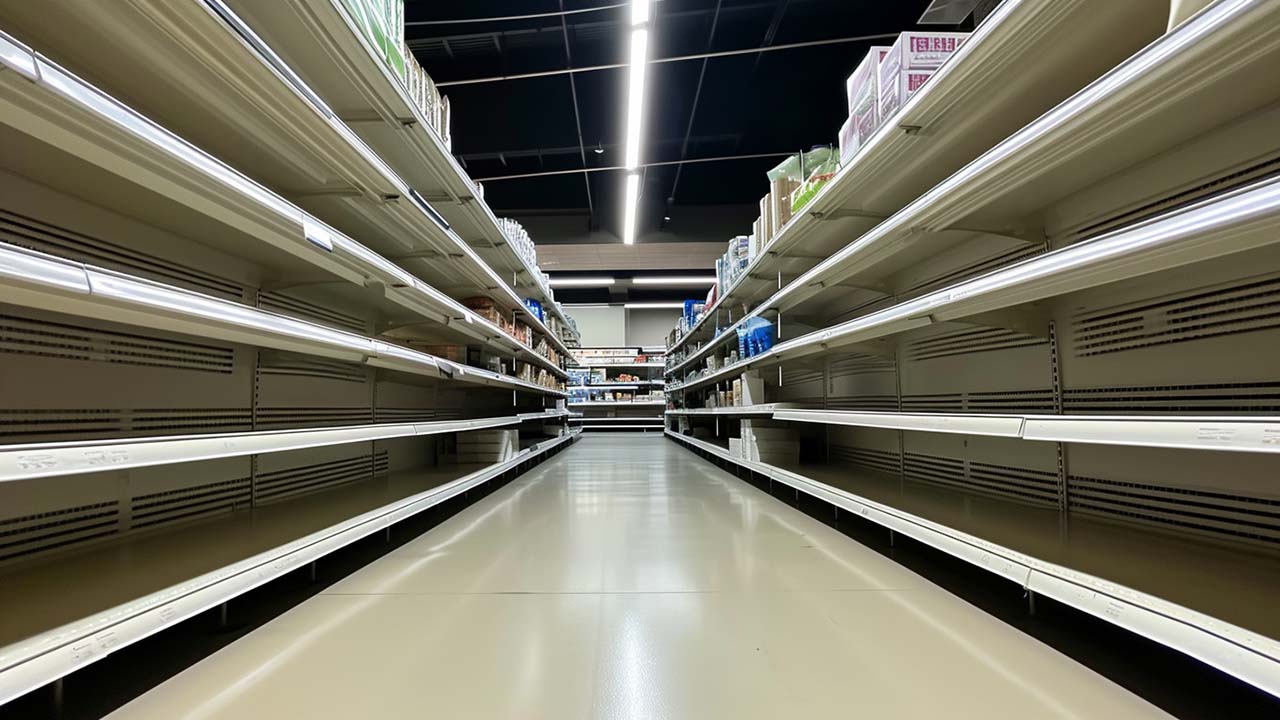
Inventory Shrinkage: Detect & Prevent Shrinkage in a Warehouse
Learn how to combat inventory shrinkage: Identify causes, calculate rates, and employ preventive measures to reduce losses.
The success of your business hinges on effective inventory replenishment strategies. For supply chain and company managers, the challenge is not just maintaining stock levels but optimizing them for efficiency and customer satisfaction. Strategic warehouse replenishment is a vital component for any thriving business seeking to have optimized inventory and supply chain management.

Inventory replenishment, a cornerstone of warehouse management, involves restocking products to maintain an ideal inventory level. It’s crucial for meeting customer demand without overstocking, which ties up capital and space.
Replenishment in inventory management represents the strategies used to ensure that inventory is refilled efficiently and effectively, aligning supply with demand.
While replenishment is about restocking, inventory control is broader, encompassing management, organization, and auditing of inventory.

The inventory replenishment process includes monitoring stock levels, ordering, and restocking. It’s underpinned by a solid understanding of demand forecasting and supply chain operations.
Choosing the right inventory replenishment methods is important for maintaining operational efficiency and customer satisfaction. Here’s a closer look at four key replenishment methods that can be tailored to your business’s unique requirements:
This involves restocking items when their quantity falls below a predetermined threshold. This threshold, or reorder point, is calculated based on factors like average daily usage rate and lead time for replenishment.
Maximizing warehouse space and resource utilization is the cornerstone of the Top-off Replenishment Method. This approach is particularly effective during periods of low demand. By replenishing stock to full capacity when the warehouse isn’t as busy, businesses can ensure they are fully stocked and ready for peak demand times.
This involves scheduling restocks at fixed intervals – be it weekly, bi-weekly, or monthly. Stock replenishment is well-suited for businesses with predictable sales patterns or those that prefer bulk ordering to benefit from economies of scale.
On-demand Replenishment is a dynamic and flexible method that aligns closely with real-time demand. Instead of relying on forecasts or set intervals, inventory is replenished as needed based on actual sales data and customer orders.

Effective stock replenishment is a critical component of supply chain management that directly impacts a business’s operational efficiency and customer satisfaction. Below are key reasons why businesses must prioritize inventory replenishment strategies:
Stockouts, or situations where products are unavailable for sale, can be detrimental to a business. Effective replenishment ensures that products are always available, meeting customer demands promptly.
Overstocking ties up capital in unsold inventory and can lead to additional storage costs. Efficient replenishment avoids the costs associated with excess inventory by maintaining optimal stock levels.
Safety stock acts as a buffer against unexpected demand spikes or supply chain disruptions. Proper replenishment strategies help maintain an adequate level of emergency stock, ensuring that the business can continue operations smoothly even in unpredictable situations.
Consistent product availability is a major factor in enhancing customer loyalty. By ensuring that products are available and easily accessible, businesses can improve the overall customer experience.
Efficient replenishment can significantly reduce shipping costs. By optimizing order quantities and reducing the frequency of emergency restocks, businesses can lower transportation expenses.
Companies face challenges like inaccurate demand forecasting, supply chain disruptions, and difficulties in inventory tracking, complicating warehouse replenishment. Effective warehouse services become key to navigating the challenges in warehouse replenishment.
Adopting inventory replenishment best practices is essential for businesses seeking operational excellence and customer satisfaction. These practices not only streamline the replenishment process but also ensure inventory optimization in alignment with market demands.
Accurate knowledge of supplier timelines is critical for effective inventory replenishment.
It’s essential to maintain constant vigilance over stock levels for optimal inventory management.
Regularly adapting replenishment strategies to align with evolving market trends ensures inventory efficiency.
Consistent and precise inventory counting is key to maintaining stock accuracy.
Aligning replenishment with actual customer demand ensures inventory optimization.
Opt for suppliers with proven reliability and transparent supply chains for smoother operations.
Efficiently utilize internal resources for effective restocking within the warehouse.
Implement technology solutions for enhanced precision and efficiency in stock replenishment.
Continually refine replenishment practices to stay aligned with business needs and market changes.
Overlooking effective inventory planning and replenishment can lead to significant operational hurdles, including customer dissatisfaction and increased costs. Implementing best practices and partnering with a skilled 3PL provider can revolutionize your inventory management, warehouse replenishment, and inventory replenishment planning, ensuring efficiency and reliability.
Discover our range of 3PL warehousing solutions to transform your inventory management, ensuring your business stays ahead in a competitive market.
Replenishment refers to the process of restocking inventory to optimal levels.
They ensure constant stock availability and operational efficiency. Streamline your inventory replenishment with AMS’s just-in-time inventory management solutions.
Replenishment order is an order placed to refill inventory to the desired level.
The time it takes to replenish and restock inventory. This time can vary based on the fulfillment center and processes used.

Learn how to combat inventory shrinkage: Identify causes, calculate rates, and employ preventive measures to reduce losses.

Unlock growth potential by fixing dead stock. Explore strategies, causes, and solutions in our guide to effective inventory management.

Struggling with stock outs and excess inventory issues? You need proper inventory management. But what is it, and how can it help?
There was a time when businesses revolved centrally around the customer and their needs. Decisions were made based on what is best for the customer first. People did what they said they would, and jobs were completed on time. AMS carries on the tradition of customer service today.
AMS is a customer service-centric warehousing and fulfillment company. We have the software, but we don’t replace PEOPLE and SERVICE with software. Being that we are a contract manufacturer as well, we have a lot of expertise and capability that you can rely on and trust.